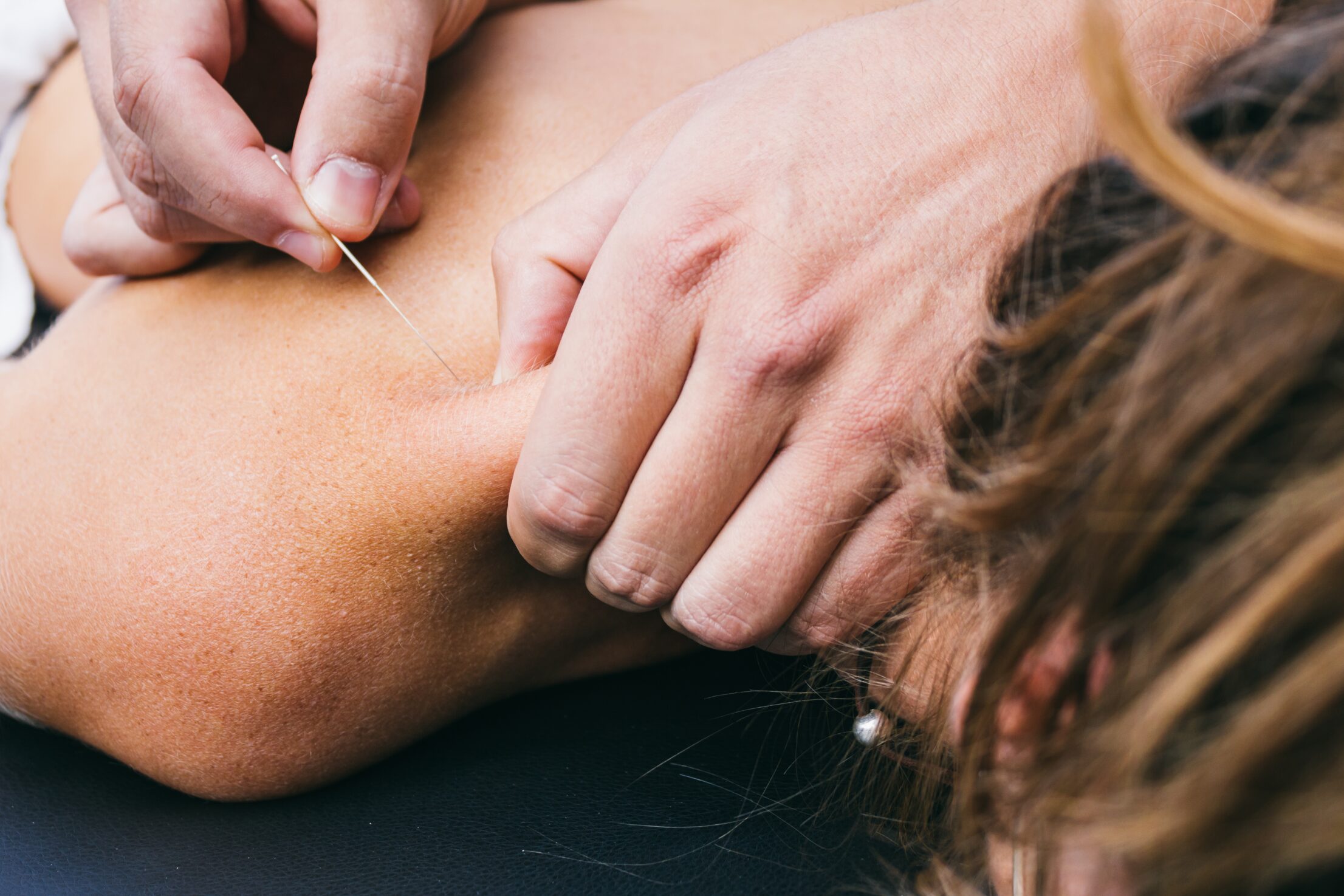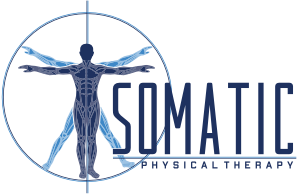
01 Apr Will “Dry Needling” help me?
What is Dry Needling?
Dry needling is a modern therapy where fine needles are inserted into myofascial trigger points (painful muscle knots), tendons, ligaments, or near nerves to stimulate healing in painful musculoskeletal conditions. Unlike acupuncture, dry needling doesn’t aim to alter energy flow (“chi”) but focuses on treating specific pain points. Common conditions treated with dry needling include neck pain, jaw pain, shoulder impingement, tennis elbow, sciatica, headaches, knee pain, shin splints, plantar fasciitis, and low back pain.
How Does Dry Needling Help?
Dry needling helps by triggering a chemical reaction in the muscle, causing it to contract or “twitch.” This reaction increases blood flow to the area, which aids in the healing process. Dry needling is especially effective for treating deep muscles that are hard to reach with traditional methods, offering relief without the need for surgery or medications.
Is Dry Needling Safe?
Dry needling is generally safe, though some side effects may occur. Temporary pain is common during the procedure, affecting about 50% of patients. After treatment, some people feel drowsy, tired, or dizzy, and it’s advised to avoid driving if affected. Fainting can happen, particularly during the first session when targeting the head or neck areas. Minor bruising or bleeding is normal (about 10% of treatments). Though rare, damage to nerves, blood vessels, or internal organs has been reported but is usually temporary.
What to Expect After Dry Needling?
Soreness: After dry needling, expect soreness similar to a tough workout, which typically lasts 24 to 48 hours. If the soreness persists or feels abnormal, let your therapist know so adjustments can be made.
Bruising: Bruising can occur, especially in areas like the shoulders, chest, face, and limbs. Apply ice to reduce swelling and discomfort.
Other Effects: It’s normal to feel tired, energized, emotional, or “out of it” after dry needling. This sensation usually passes within an hour or two. If it lasts more than a day, contact your provider.
Worsening Symptoms: In rare cases, symptoms might temporarily worsen after dry needling. If this lasts beyond 48 hours, it could mean that the treatment needs to be modified.
Post-Treatment Care: What to Do After Dry Needling
-
Drink plenty of water for the next 24 hours to help reduce soreness and keep muscles hydrated.
-
Light exercise, stretching, and normal physical activity may be resumed once your therapist gives the go-ahead.
-
You can do self-massage or apply pressure to the treated area.
-
Ice can be applied to the treated regions to manage pain and swelling.
What to Avoid After Dry Needling
-
Avoid strenuous activity involving the muscles that were treated with dry needling.
-
Refrain from starting new physical activities or sports immediately after dry needling.
-
Don’t push your body beyond its usual limits—now’s not the time to try setting personal records.
If you are feeling light-headed, or have trouble breathing, chest pain, or any other symptoms that concern you after treatment, call your doctor right away. If you have questions or concerns regarding treatment call your physical therapist at (404) 465-1828.

